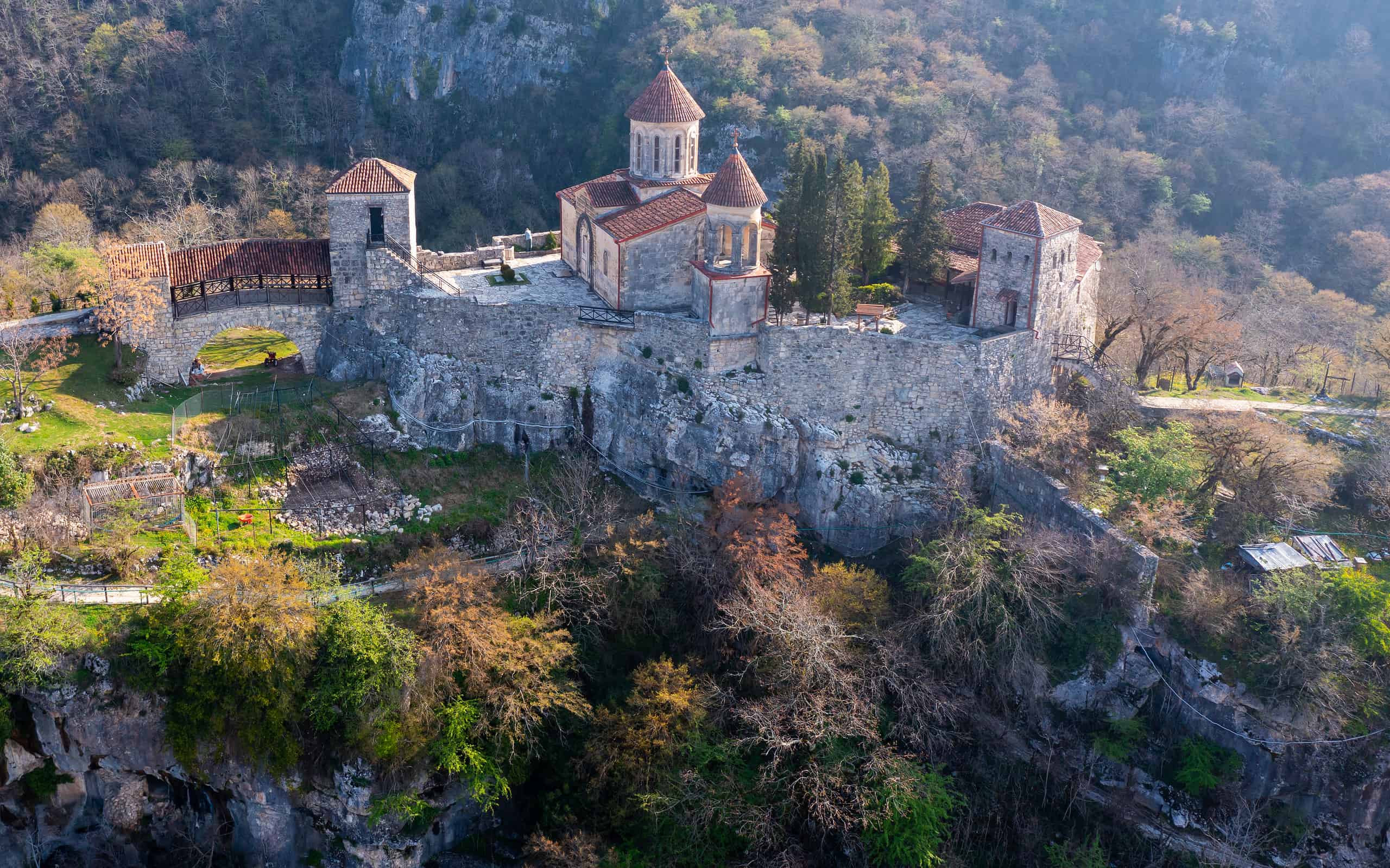Depending on how far back in time you go, the list of countries that have existed that you can no longer find on a map extends into the thousands. The countries that no longer exist greatly outnumber the countries we have today by a large margin. Even if you limit your search to a single region of the world, you will be surprised by how many hundreds of countries have appeared and disappeared over the ages in such a small area.
That being said, knowing about even just a few of the countries that existed in the past that you can’t visit anymore helps enrich your understanding of history, geography, culture, and international politics. The world starts to make a lot more sense when you understand the past.
What Counts as a Country That no Longer Exists?
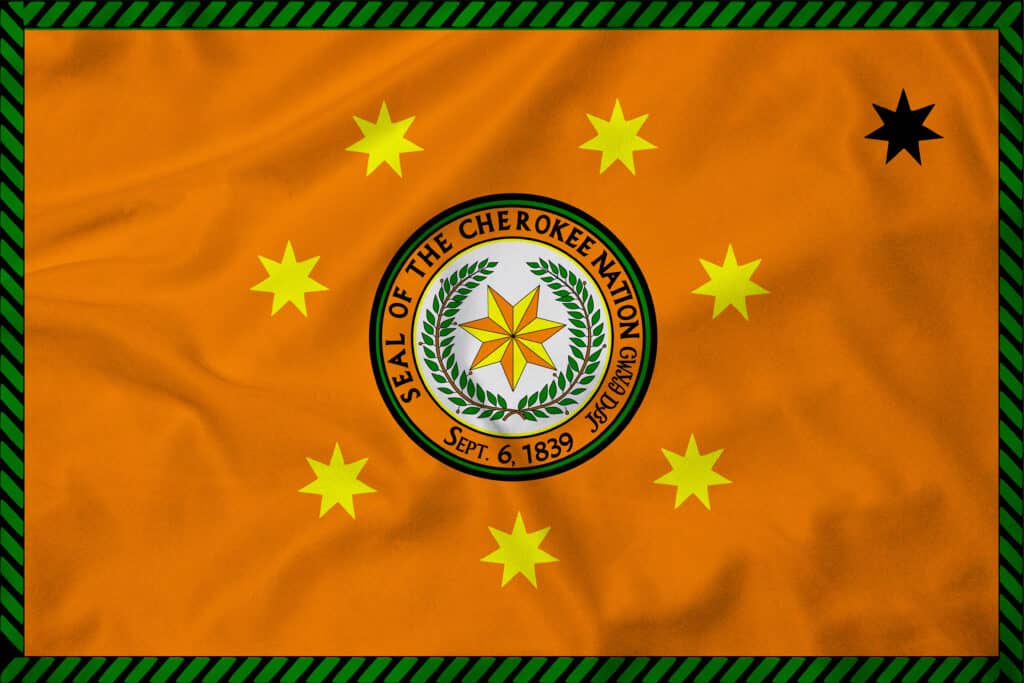
The flag of the Cherokee Nation, officially established in 1839.
©Royal Graphics/Shutterstock.com
If you ask this question to twenty people, you might get twenty different answers. Most people don’t know or care what the criteria are for a county to technically have existed or stopped existing. Even today, the question of statehood is a matter of significant national tension.
For our list, however, we will include countries that meet a few criteria. First, these counties existed as an independent nation, with ruling body, and ceased to exist in any form entirely. So, for example, nations like the Republic of Texas and Scotland or Wales, while they were indisputably independent nations, were absorbed into other countries (the United States in the case of Texas, and the United Kingdom of Great Britain and Northern Ireland in the case of Scotland and Wales). We included one exception to this rule, as you will see.
Second, most scholars will consider a county an entirely different country if its form of government changes, if the territory it controls grows or shrinks significantly, if it is controlled by a foreign power or frees itself from that control, or for a number of other reasons. For example, the Russian Federation we know today was formed as the Kievan Rus’ in 879 CE and evolved over time into the Russian Empire, then eventually into the primary member of the USSR, which disintegrated into many countries, one of which is the Russian Federation today. Technically, these could all be considered countries that don’t exist anymore. But since the Russian Federation still exists, most will look at its previous incarnations as part of the same nation. We will include in our lists countries that did not evolve into a modern version.
Which Countries Made The List?

The flag of Scotland. While the country no longer exists, we didn’t include political entities like Scotland that still persist today.
©brunacanavezi/Shutterstock.com
For this list, we will include countries that existed before the year 1800 and existed sometime into the modern era (post-1800). We did this to keep the list somewhat relevant to the state of the world today. If we included every country from just the last hundred years alone, this list would go on for far too long! We wanted to keep the list informative, relevant, and still somewhat digestible.
Additionally, we included a few countries for each region of the world. The countries are grouped according to their relative geographic locations. We gave priority to the countries that lasted for the longest period of time, where possible. There are many states that existed for only a year or two, due to a coup or unsuccessful rebellion. The states that existed the longest usually had the greatest impact on geopolitical evolution in the area. These are the ones that made the list. Some might be familiar, while others will be entirely new. All dates listed are in the Current Era unless otherwise stated. Here are 31 countries that no longer exist in 2024.
#1: Holy Roman Empire (843–1806)

Charlemagne (Charles the Great). The founder of the Hole Roman Empire standing at the market place in the center of Aachen
©Omm-on-tour/iStock / Getty Images Plus via Getty Images
The Holy Roman Empire was a confederation of principalities and kingdoms that covered most of the territory in modern-day Germany. This empire was formed by the Frankish king Charlemagne (Charles the Great) in 843 and continued until it was dissolved by Napoleon Bonaparte in 1806. For much of this time, it was the most powerful monarchy in all of Europe. After its end, the Holy Roman Empire split into some of the most powerful nations of the time, including France, Prussia, the Austrian Empire, and more.
#2: Prussia (1525–1871)
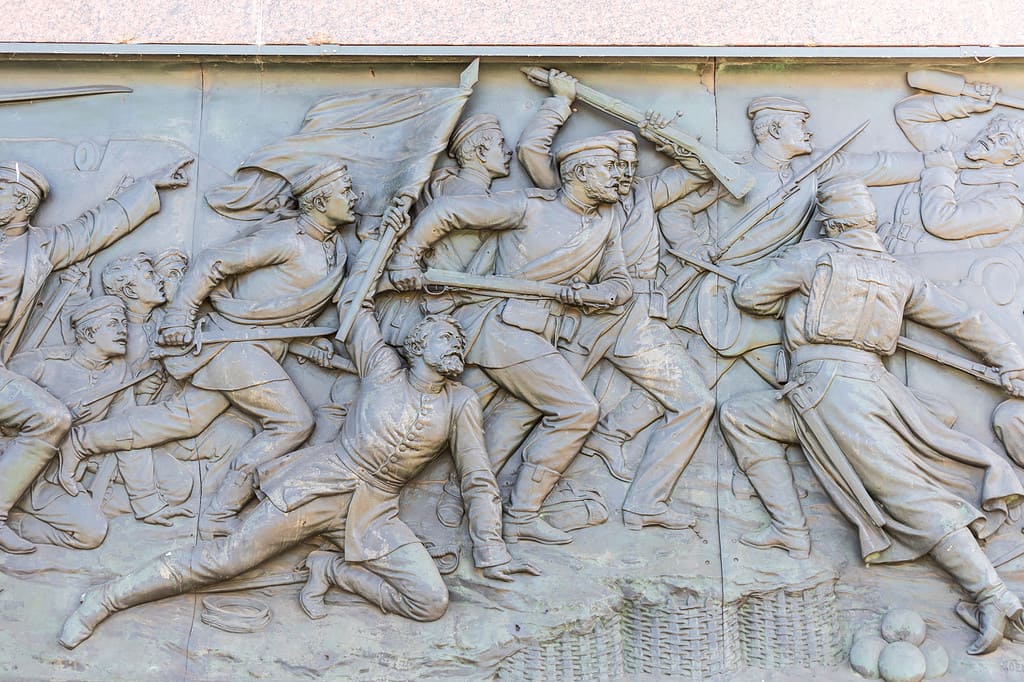
Statue on the Berlin Victory Column. A monument to commemorate the Prussian victory in the Danish-Prussian War.
©ZZ3701/iStock via Getty Images
A successor state of the Holy Roman Empire. Prussia was the primary force in the creation of the German Empire when it united the rest of the Germanic states in 1871. Prussia was a central player in many of the conflicts that created modern-day Europe, including the Napoleonic Wars, the Austro-Prussian War, and the Franco-Prussian War.
#3: Kingdom of Naples (1282–1816)

Scenic picture-postcard view of the city of Napoli (Naples) in Campania, Italy.
©bluejayphoto/iStock via Getty Images
The southern part of the Italian Peninsula was ruled by the Kingdom of Sicily until the island of Sicily was conquered by Aragon leaving the mainland territory to rule itself as the Kingdom of Naples. As a result of the Napoleonic wars, the mainland country of Naples reunited with the island of Sicily in 1816 to form the Kingdom of the Two Sicilies.
#4: Republic of Cospaia (1440–1826)

Radda in Chianti in Tuscany, Italy. The territory of Cospaia.
©StevanZZ/iStock via Getty Images
The only country on our list created due to a technicality. The Republic of Cospaia was formed after Pope Eugene IV sold land to the Republic of Florence. An error in the sale treaty left a small section of land unaccounted for. The residents of this land, now stateless, declared independent in 1440 and the new nation was formally recognized as a county in 1484.
Because it was a republic, in which all the citizens had sovereignty, the people didn’t have to pay tribute to any monarch, and the territory acted as a Free Economic Zone. Cospaia was divided in 1826 between Tuscany and the Papal States in exchange for a large sum of silver and permission to grow hundreds of thousands of tobacco plants each year. Cospaia’s official flag is still flown on some special occasions in the region.
#5: Papal States (752–1870)
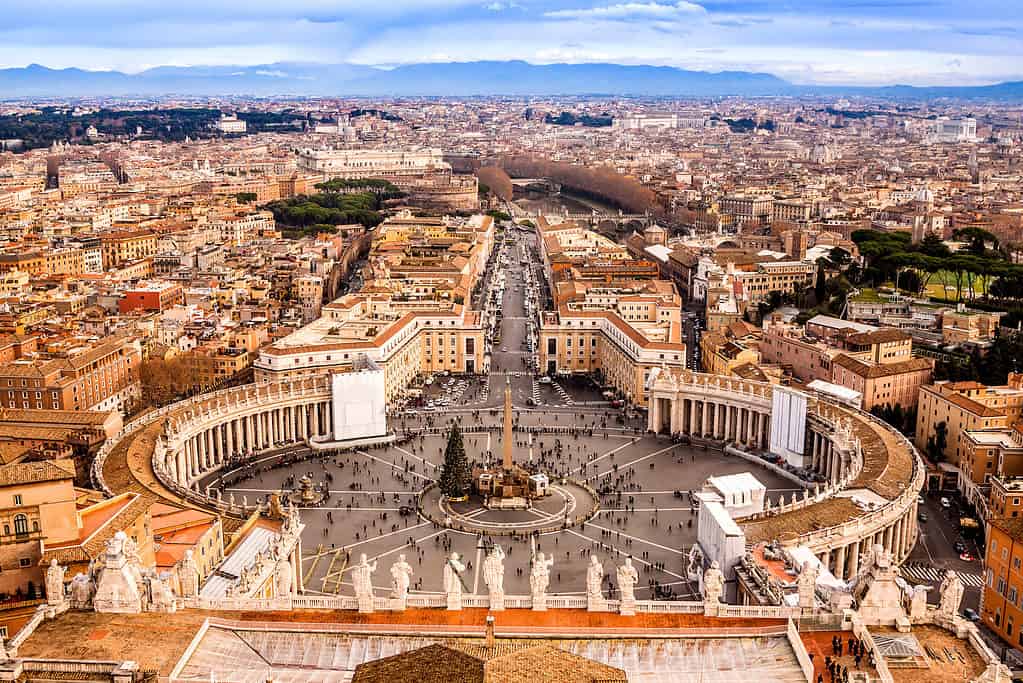
An aerial view of Vatican City. Capitol of the Papal States
©Sergii Figurnyi/Shutterstock.com
The official kingdom of the Pope. During the Renaissance, the Pope was not only the religious leader of Europe but also the most powerful secular ruler on the Italian peninsula. The Papal States grew primarily through land donated by powerful monarchs in exchange for favor with the Pope or as part of strategic political dealings. It was destroyed in 1870 by the Kingdom of Italy during its conquest to unite all of the Italian territories. At this point, the Papal States ceased to exist. The pope was effectively a prisoner of Italy until the formation of the Vatican City in 1929.
#6: Hamburg (1189–1871)
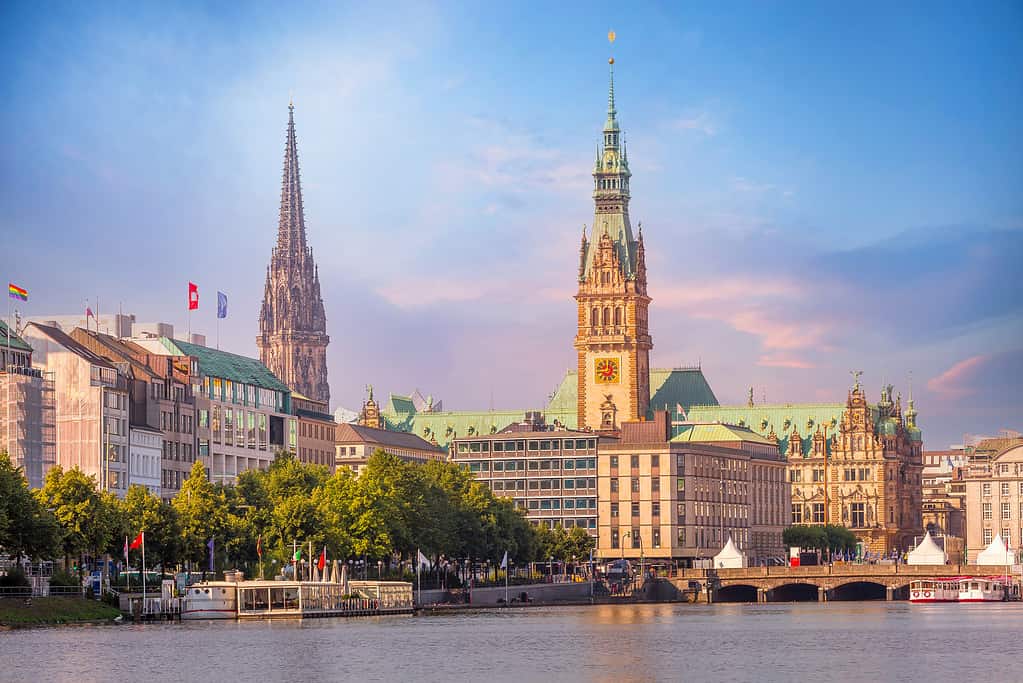
The Rathaus town hall over the Alster lake. Hamburg, Germany.
©Kisa_Markiza/iStock via Getty Images
Hamburg is a city that existed as a Free Imperial City by decree of the Holy Roman Emperor during the middle ages, and continued independently until 1871. The first permanent settlements of the city were founded in 4000 BCE. The current city wasn’t founded until the 500s CE by the Saxons. Its status as a free city-state was disputed and in flux until it was incorporated into the Republic of Germany in 1949.
#7: Wallachia (1330–1859)

Ruins of Poenari Castle on Mount Cetatea. The castle of the real Dracula, in modern-day Romania.
©Arkadivna/iStock via Getty Images
Wallachia was formed after a local revolution against Hungarian rule. It united with Moldavia to form the United Principalities, which eventually became modern-day Romania. Wallachia was a border state between Christian nations in the West and Muslim countries in the East, resulting in centuries of conflict and bloodshed. The most famous of these conflicts (to foreigners) is the war between Mehmed II of the Ottoman Empire and Vlad III (also known as Vlad the Impaler or Vlad Dracula). Vlad would be demonized by his Saxon neighbors for his violent and sadistic rule. This propaganda would greatly influence Bram Stoker to write his novel Dracula in 1897.
#8: Kingdom of Imereti (1260–1810)
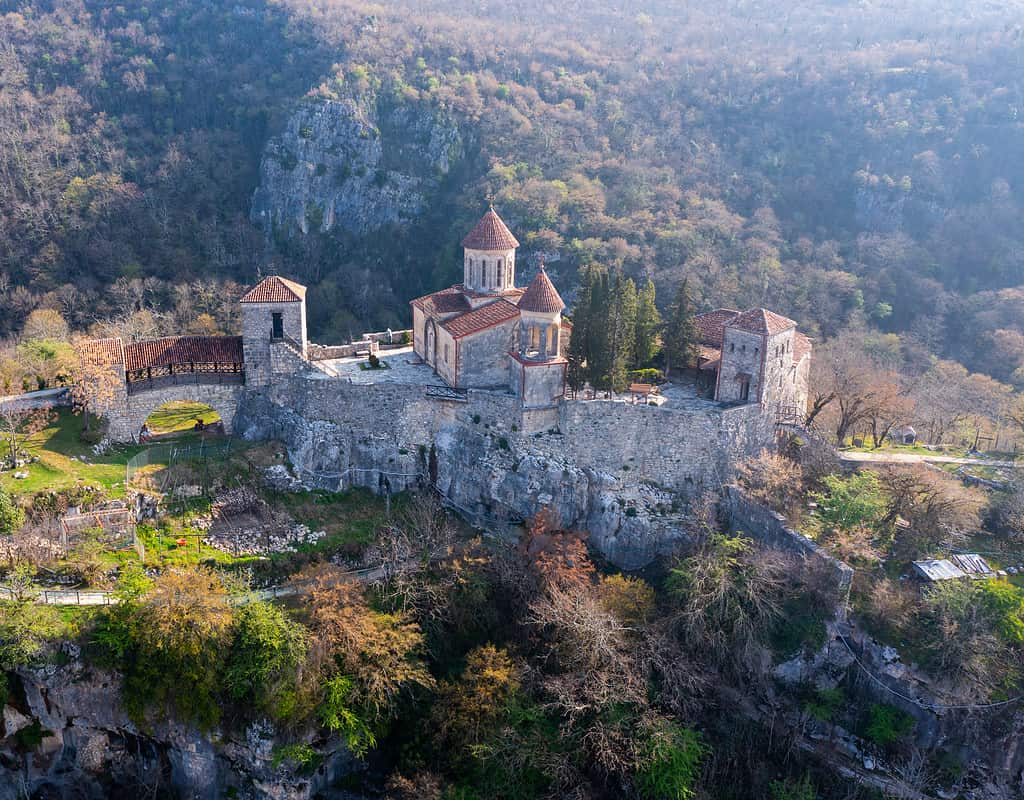
Motsameta Monastery on rock in mountainous region of Imereti in Georgia.
©JackF/iStock via Getty Images
When the Kingdom of Georgia dissolved, one of the resulting nations was the Kingdom of Imereti. For the majority of its existence, Imeriti was essentially the battleground between Georgian and Ottoman armies for hundreds of years.
Imereti accepted protection from the Russian Empire in 1804 to help keep invading armies out of its lands. But Imperial forces ended up seizing control of the entire country in 1810.
#9: Kingdom of Galicia (410–1833)

Santiago de Compostela Cathedral in Galicia, Spain.
©samael334/iStock via Getty Images
A medieval nation on the Iberian Peninsula, Galicia was founded by King Hermeric (a leader of a Germanic tribe known as the Suebi) when he asked for land from the Roman Emperor Honorius. Galicia was the first country to formally adopt Catholicism.
The nation persisted through many wars and disputes over royal succession. It even remained independent during Napoleon’s conquest during the Peninsular War. It was eventually dissolved and annexed by Spain in 1834.
#10 Iroquois Confederacy (1450–1867)
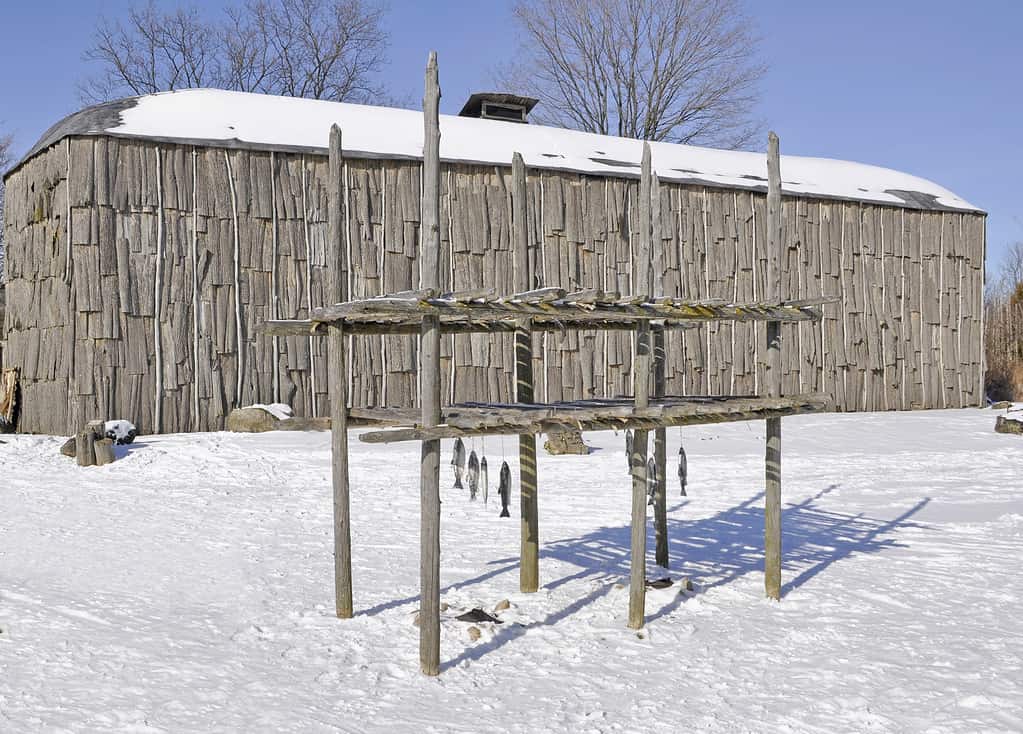
An Iroquois longhouse with food storage rack.
©SF photo/iStock via Getty Images
Founded by a figure known only as the Great Peacemaker between 1450 and 1660. The Iroquois Confederacy was a league of five different Native American nations that was known as The Great League of Peace to its members. Some researchers believe the Iroquois Confederacy was actually founded as far back as 1142.
The Confederacy covered the areas in and around the Great Lakes of North America. It was governed by a Great Council of elders from each of the member nations. The Iroquois Confederacy was a considerable military and political power in North America for hundreds of years, resisting British and American colonial efforts.
After several wars, broken treaties, and hostile land grabs by Great Britain, Canada, and the United States, the Iroquois territory was greatly reduced. During the 19th century, other nations stopped considering the Iroquois an independent nation. However, since the Grand Council still exists, the Iroquois people still insist on their statehood.
#11: Cherokee Nation (1794–1907)
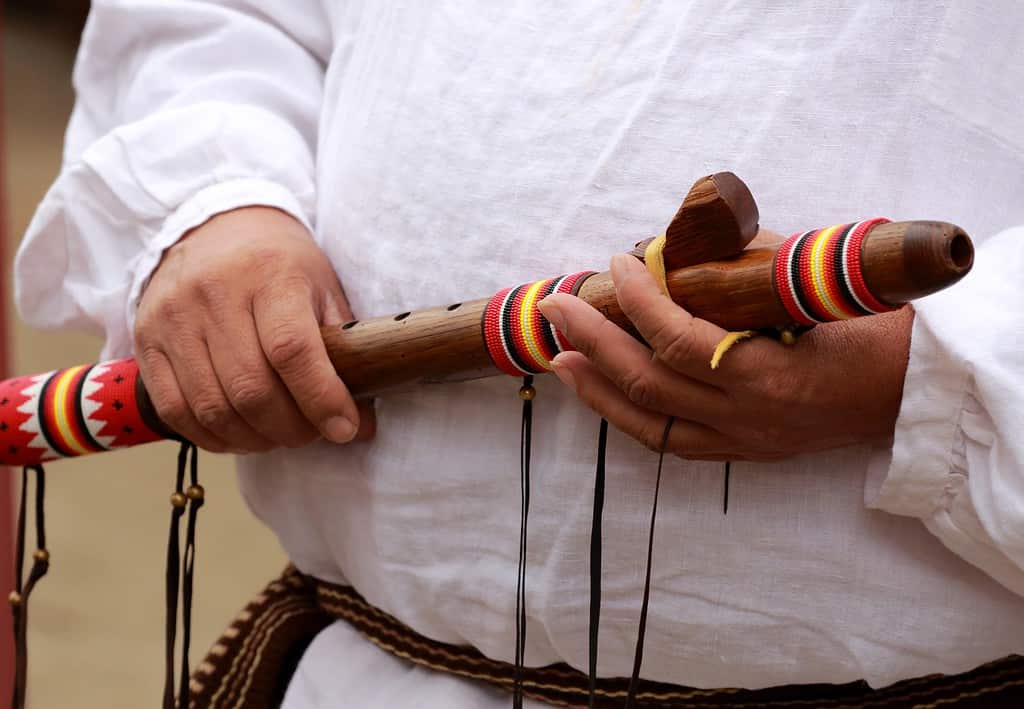
Cherokee native holding a traditional flute.
©tedpagel/iStock via Getty Images
Founded at the end of the Cherokee–American wars by Little Turkey. The Cherokee Nation fought a losing battle for recognition and independence from the United States. The Indian Removal Act during the 1800s is the most famous example of the extermination of the Cherokee people. It eventually lead to the infamous Trail of Tears.
The United States continued to seize land claimed by the Cherokee Nation. It was destroyed in 1907 when their efforts to form the State of Sequoiah failed and their lands were used to create Oklahoma. The United States dissolved the tribal government of the Cherokee Nation and dismantled their civic institutions.
#12: Hawaiian Kingdom (1795–1898 disputed)
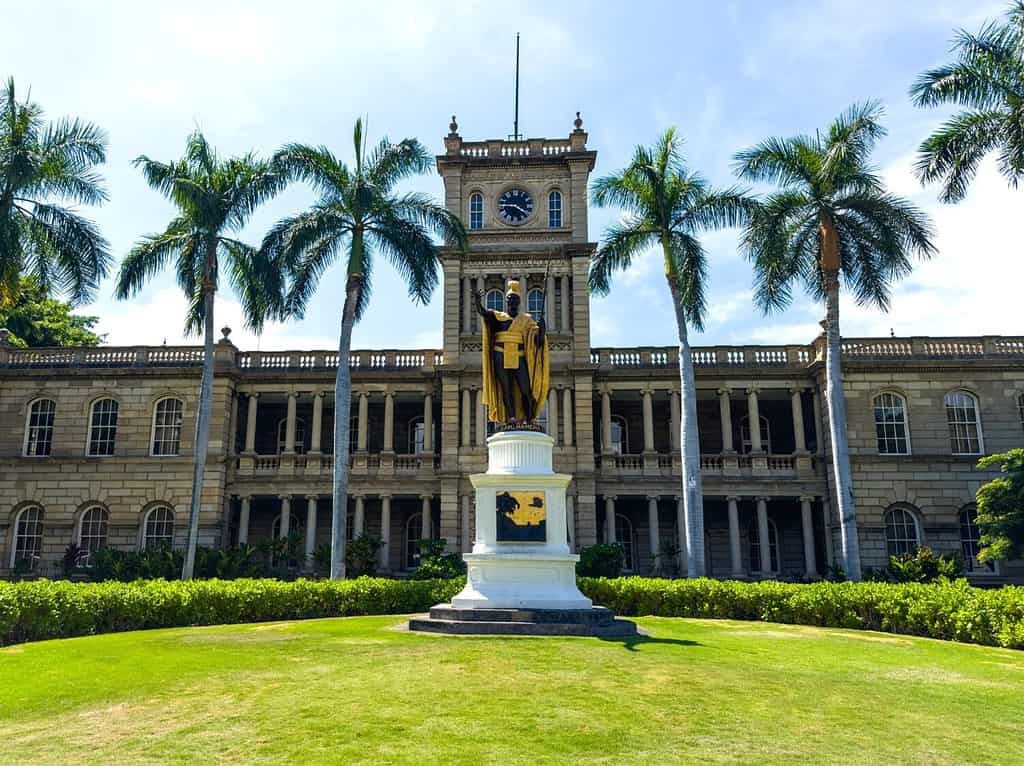
Statue of king Kamehameha, founder of the Kingdom of Hawaiʻi.
©EndeavorMoorePhotography/Shutterstock.com
This is the one exception to our rules for this list. The Hawaiian Kingdom (or Kingdom of Hawaiʻi), was founded by Kamehameha the Great after conquering or unifying the neighboring independent islands. It remained a powerful and influential trading power in the Pacific for most of its history. In 1893, American businessmen, plantation owners, and politicians, overthrew the Hawaiian government which was resistant to the influence of the United States. Subsequent efforts to regain their independence failed. The United States annexed the country in 1898, effectively putting an end to armed independence movements.
Today, however, many native people of Hawaiʻi do not recognize the rule of the United States.
Elder Kumu Ramsay Taum told AZ Animals “the native people of Hawaiʻi consider their native lands to be a nation under hostile foreign occupation.”
In 1993, the United States issued the Apology Resolution. The resolution says that the overthrow of the monarchy of Hawaiʻi happened because of the active involvement of United States agents and citizens. It also says that “the Native Hawaiian people never directly relinquished to the United States their claims to their inherent sovereignty as a people over their national lands, either through the Kingdom of Hawaiʻi or through a plebiscite or referendum.”
#13: Ottoman Empire (1281–1923)
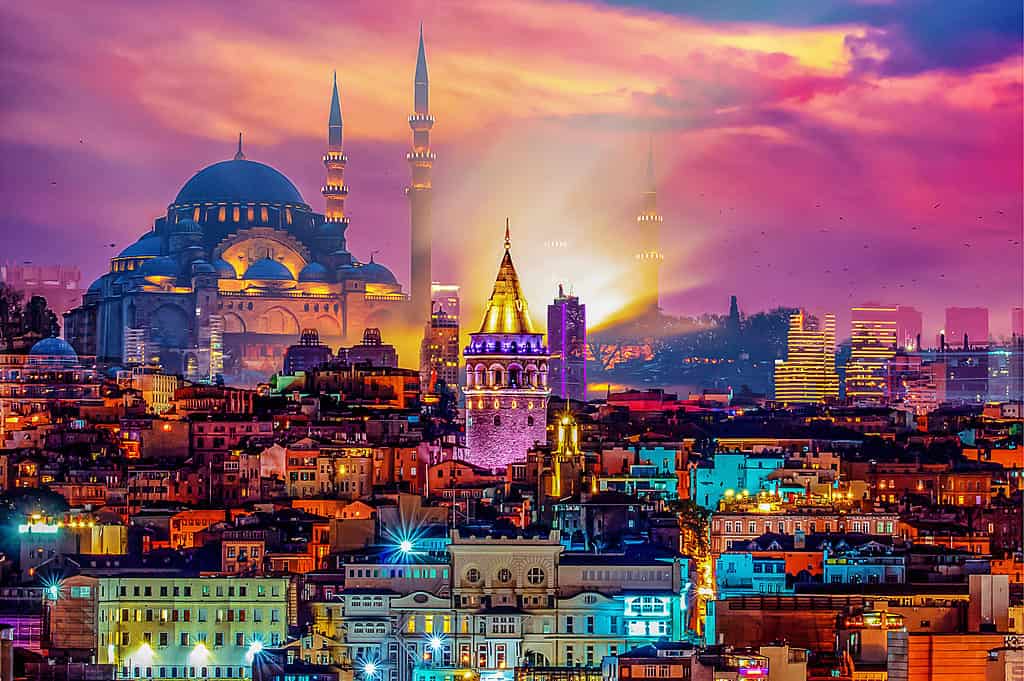
Modern-day Istanbul. The Ottoman Empire renamed the city after conquering Constantinople.
©Travel Turkey/Shutterstock.com
Also known as the Turkish Empire, the Ottoman Empire is a shining gem of military power and innovation. It fought against the last remnants of the Roman Empire (in the form of the Byzantines) and the Allied powers in World War I.
The Ottoman Empire was the primary opponent of much of Eastern Europe for hundreds of years. It resisted European conquest until several revolutions and its defeat by Russia in WWI resulted in the formation of Turkey in 1920. The caliphate of the Ottoman Empire, the last remnant of its once-glorious nation, was finally dissolved in 1924.
#14: Kazakh Khanate (1465–1848)

Nomadic tent known as a Yurt at the Almaty Mountains, Kazakhstan.
©Aureliy/iStock via Getty Images
The Kazakh Khanate was a successor to the famous Golden Horde, which was itself a successor of the Mongol Empire of Genghis Khan. It was founded by Janibek Khan and Kerei Khan in 1465. Both were decedents of Genghis Khan. It persisted until it was defeated by the Russian Empire.
The Kazakh Khanate inspired fear in all its neighboring nations and it managed to expand quickly during its existence until prolonged conflict weakened it during the 17th and 18th centuries. Russian colonial policies motivated the Russian Imperial rulers to conquer Kazakh lands until its last cities were finally conquered in 1848.
Today, the people of Kazakhstan still celebrate the legacy of the Kazakh Khanate. They recently commemorated the 550th anniversary of its founding in 2015.
#15: Mughal Empire (1526–1857)

Mughal-era architecture. Inside the Red Fort, a UNESCO a world heritage site.
©Sumit Kumar/iStock via Getty Images
The Mughal Empire, which covered much of the territory of modern-day Afghanistan, India, and Bangladesh, was a military and economic powerhouse of the region. Many of the UNESCO World Heritage Sites in the area were created by the Mughal Empire. These include the Shalamar Gardens, Fatehpur Sikri, Agra Fort, Red Fort, Humayun’s Tomb, Lahore Fort, and the Taj Mahal.
The Mughal Empire was severely weakened and eventually destroyed in 1857 by the British East India Company.
#16: Kingdom of Mewar (734–1818)
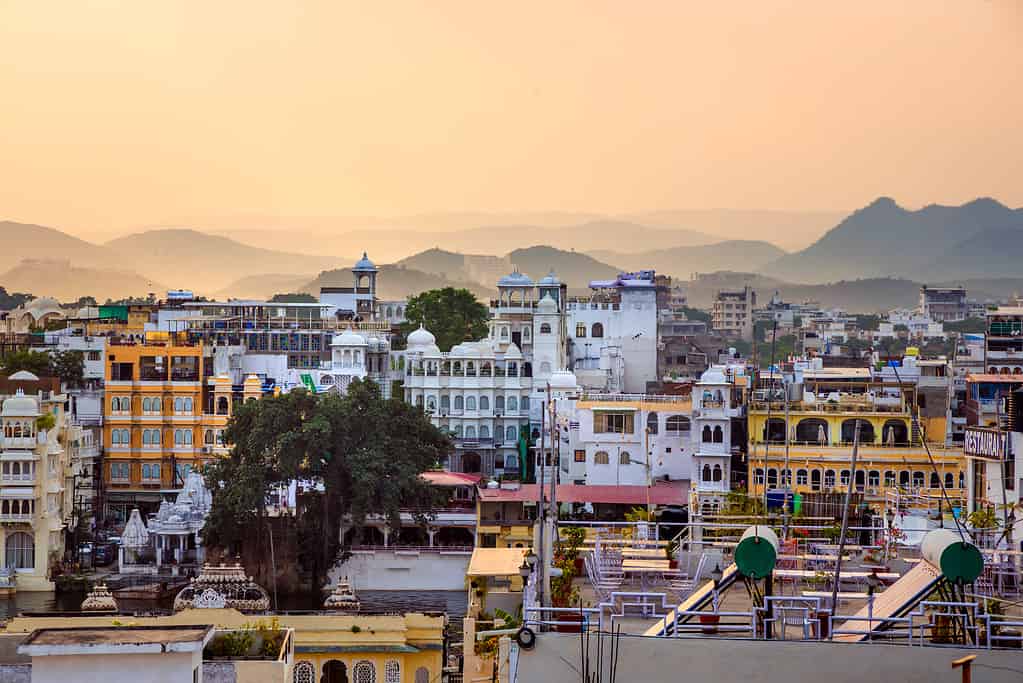
Udaipur, also known as the City of Lakes, is a city in the state of Rajasthan in India. It is the historic capital of the kingdom of Mewar.
©cookelma/iStock via Getty Images
Also known as the Udaipur State, this nation included lands in modern-day India and Pakistan. Mewar fought many long and bloody wars against the Mughal Empire. Eventually, constant conflict with its neighbors weakened the Kingdom Mewar enough that it petitioned the British Empire for help to save it. The British East India Company agreed to protect the struggling nation in exchange for British rule.
#17: Kingdom of Mysore 1399–1948)

Mysore Palace in Mysore, Karnataka, India. It was the royal residence of the Wadiyar dynasty and the seat of the Kingdom of Mysore.
©NiAk Stock/iStock via Getty Images
The rulers of the Kingdom of Mysore became famous for their patronage of the arts and sciences. The Kingdom of Mysore fought four defensive wars against the British Empire. After their loss during the fourth war, Mysore lost most of its territory which effectively ended their control over the Indian subcontinent. The Kingdom of Mysore was under direct British control after 1831 until it was incorporated into the modern-day nation of India in 1947.
The Mysore institutions and influence on scientific endeavors continue in the areas of rocket science, music, and art to this day.
#18: Jaintia Kingdom (500–1835)
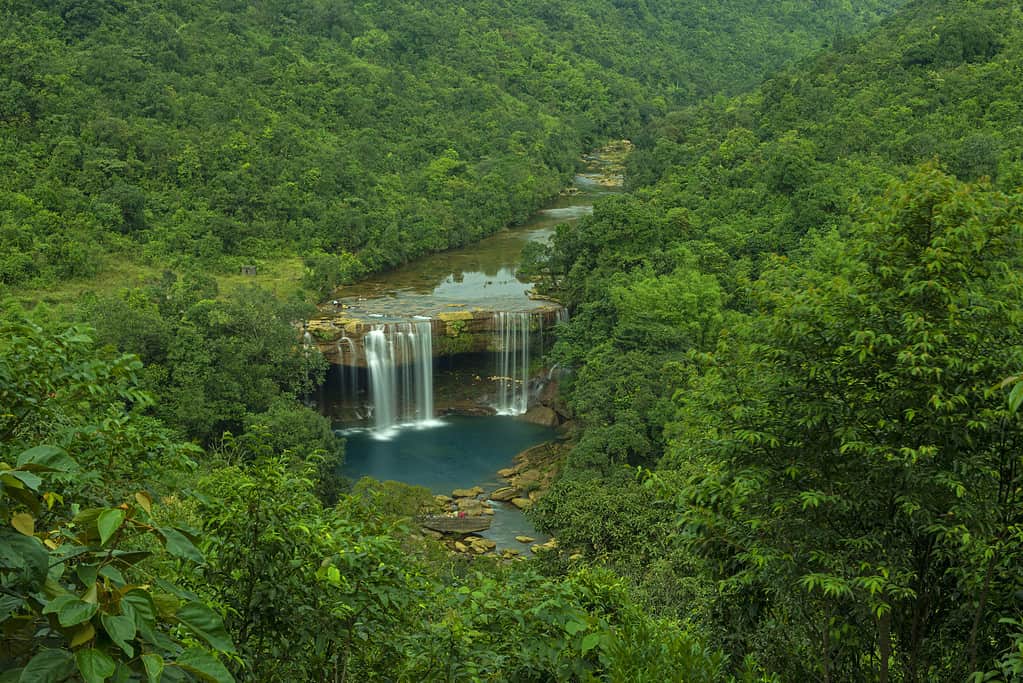
Aerial view of Krang Suri waterfalls, Jaintia Hills, Meghalaya, India
©ePhotocorp/iStock via Getty Images
The Jaintia Kingdom covered an area in modern-day Bangladesh and India. It was unique in the area because it was a matrilineal kingdom, which based its government and social structure on the mother’s lineage. Much of the founding and early history of Jaintia is based on legend and local folklore. The rulers of the Jaintia Kingdom were from the Syiem Sutnga clan which claimed descent from a divine nymph named Ka Li Dohkha.
Like many of its neighbors in the region, the Jaintia Kingdom fought a number of wars against the British Empire. It was eventually annexed in 1835.
#19: Garhwal Kingdom (823–1949)
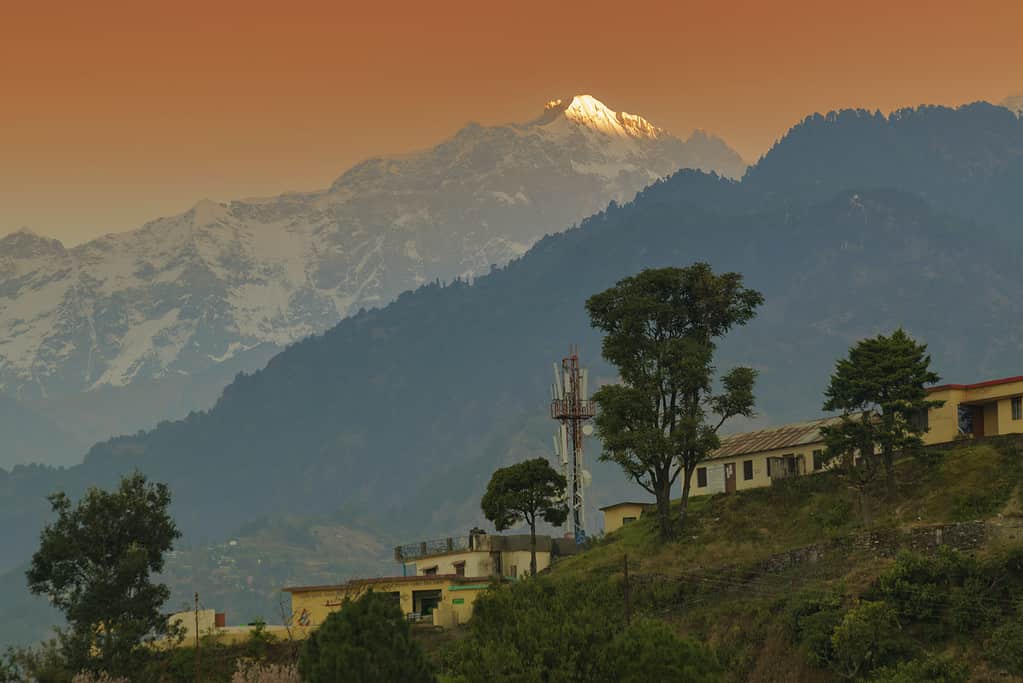
Sunset on the peaks of the famous Garhwal
Himalayan
mountain range.
©RNMitra/iStock via Getty Images
Garhwal was a kingdom in the Himalayas in the North-Western area of modern-day India. Kanak Pal founded the nation in 823 when he conquered 52 neighboring territories and his descendants managed to rule the nation for the next 916 years.
Again, after a number of wars and conflicts with the British Empire, Garhwal was forced to accept British rule. It was allowed to operate as a kingdom until 1949 when it was annexed into India.
#20: Champa Kingdom (192–1832)
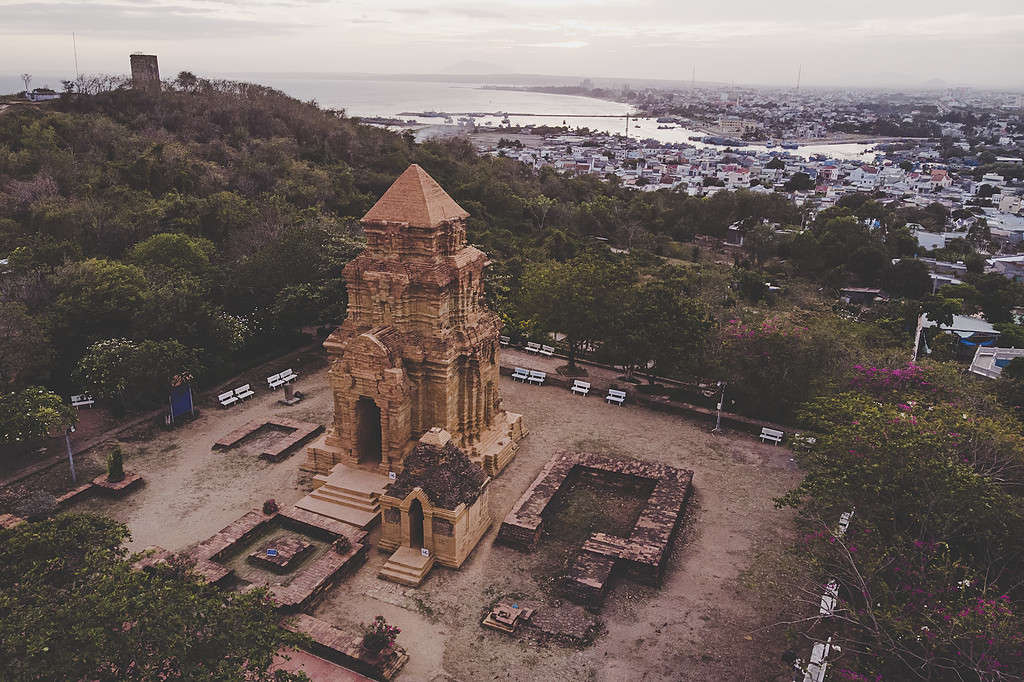
Pho Cham Tower in the old Kingdom of Champa in Phan Thiet in Vietnam. Built by Champa kings.
©Diy13/iStock via Getty Images
Champa claimed the territory of most of modern-day Vietnam. It was formed by independent, sea-farming traders who displayed a talent for statecraft that would become central to most of Asian history. Champa fought many long and difficult wars throughout its history, including with its neighbor Vietnam. This led to a deep ethnic hatred between the Vietnamese and Champa people. Eventually, Vietnam defeated Champa, and in 1832 the monarchy was discontinued and Vietnam ruled the remaining Champa territories.
The people of Champa continued to fight for freedom against Vietnam. Their efforts, however, would end with the French conquest of Vietnam. The French exploited the ethnic resentment in the region to maintain control of the area.
#21: Sultanate of Sulu (1405–1915)

The flag of the Sultanate of Sulu.
©fcknimages/iStock via Getty Images
Sulu controlled parts of modern-day Borneo and the Philippines. It was founded by an Arab-Muslim explorer named Sharif ul-Hashim after he married a local princess and became the first sultan of Sulu and the local spiritual leader in the region.
Sulu fought to maintain its indolence and territory against Great Britain, Spain, and the United States. The United States force the Sultan of Sulu to relinquish all his territory and religious authority in 1915, when the remained of the nation was annexed by the Philippines.
#22: Ryukyu Kingdom (1429–1879)
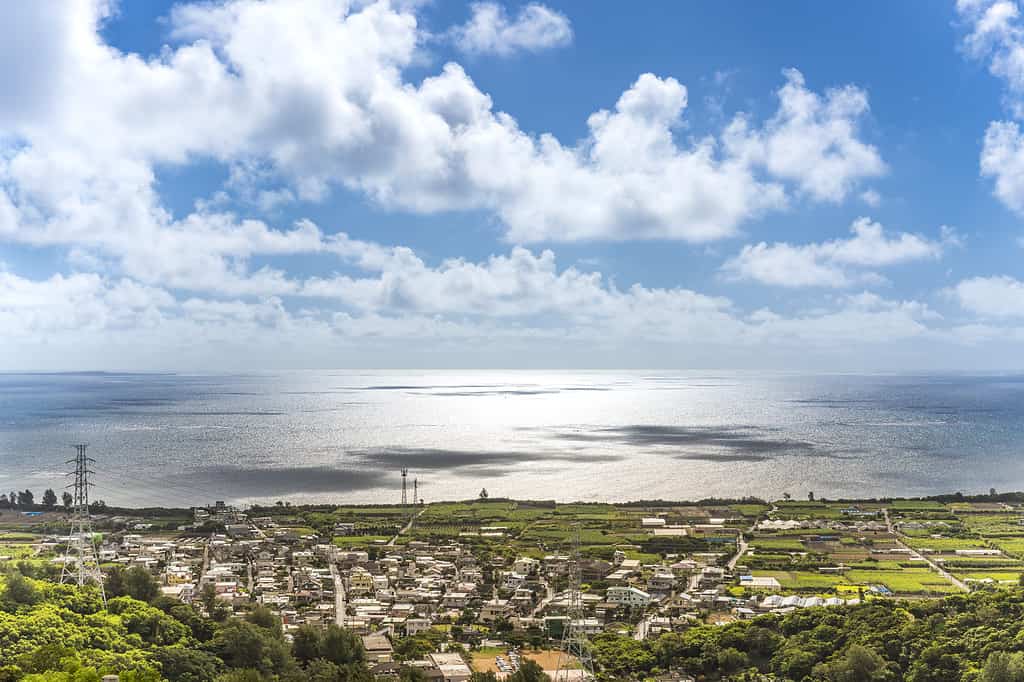
North Nakagusuku in modern-day Okinawa Island. The territory of Ryukyu Kingdom.
©kuremo/iStock via Getty Images
Ryukyu was an important maritime power and influential trading center in the seas around Southeast Asia. It was so powerful in the trade networks of the area that China would even give them ships to protect their trade and allow Ryukyu citizens to study at the Imperial Academy in Beijing. Japanese, Chinese, and Arab goods passed through the ports in Ryukyu for hundreds of years. It wasn’t until the Portuguese arrived that their trade power began to decline.
Ryukyu was eventually conquered and annexed by the Japanese Empire. The descendants of the last king of Ryukyu still live in Tokyo.
#23: Joseon (1392–1897)
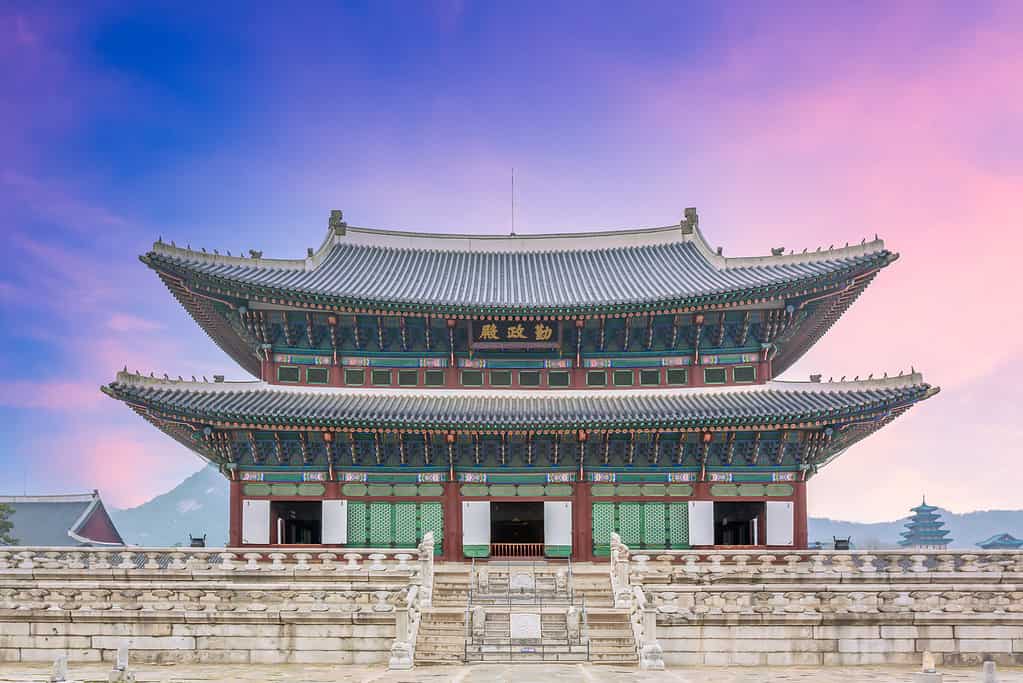
Geunjeongjeon Hall at Gyeongbokgung Palace in Seoul City, South Korea.
©AvigatorPhotographer/iStock via Getty Images
Officially known as Great Joseon, Joseon was the last kingdom on the Korean peninsula. Compared to other nations on this list, Joseon enjoyed a relatively peaceful and isolated existence. A majority of the culture, of modern-day North Korea and South Korea was created during the Joseon period. This includes etiquette rules, society structure, language, dialects, bureaucracy, administration, and more. Most of what we recognize today as “Korean” is, in fact, Joseon.
In order to counter foreign influence of China, Russia, and Japan, the Joseon dynasty declared that it was now the Korean Empire. Joseon then ceased to exist. While a change in name only, it signaled the end of Korean independence as Japan assumed control of Korea in 1905 and formally annexed the territory in 1910.
#24: Tokugawa Shogunate (1603–1868)

Ooyoroi (traditional Japanese farmor for samurai) used during the Edo period.
©Josiah S/iStock via Getty Images
The military government of Japan, and the beginning of the famous Edo period. The shogunate was founded by Tokugawa Ieyasu after he defeated his rivals during the bloody and violent civil wars of the Sengoku period. The shoguns (warlords) of this government ruled Japan in a very strict feudal system. They also practiced a policy of isolation from the rest of the world. This allowed the shogunate to experience very rapid economic and urban growth. The Tokugawa shogunate was the longest period of peace and political stability in all of Japan’s history. This stability allowed art and culture to flourish in Japan, influencing most of what we see in Japan today.
Supporters of the imperial family of Japan overthrew the Tokugawa Shogunate and restored imperial rule over the island nation in what is known as the Meiji Restoration in 1868.
#25: Kingdom of Kongo (1390–1914)
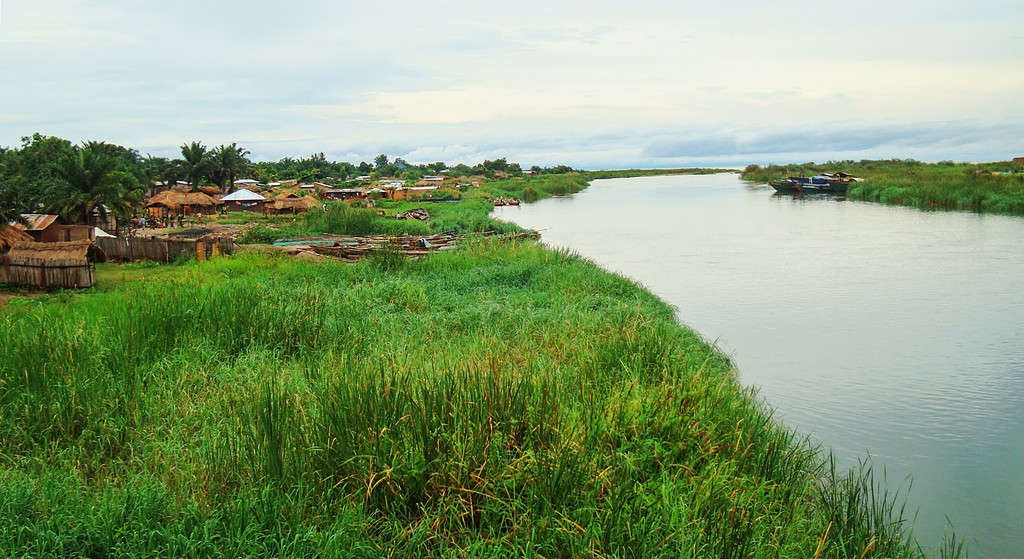
Lukuga River in modern-day Congo.
©Nada Bascarevic/iStock via Getty Images
One of the most powerful nations on the western coast of Africa. The Kingdom of Kongo occupied territory in modern-day Angola, the Democratic Republic of the Congo, and the Republic of the Congo. It was an independent nation until it was conquered by Portugal in the 1800s. After this, the Portuguese abolished the monarchy in 1914, effectively destroying the country.
#26: Aro Confederacy (1690–1902)
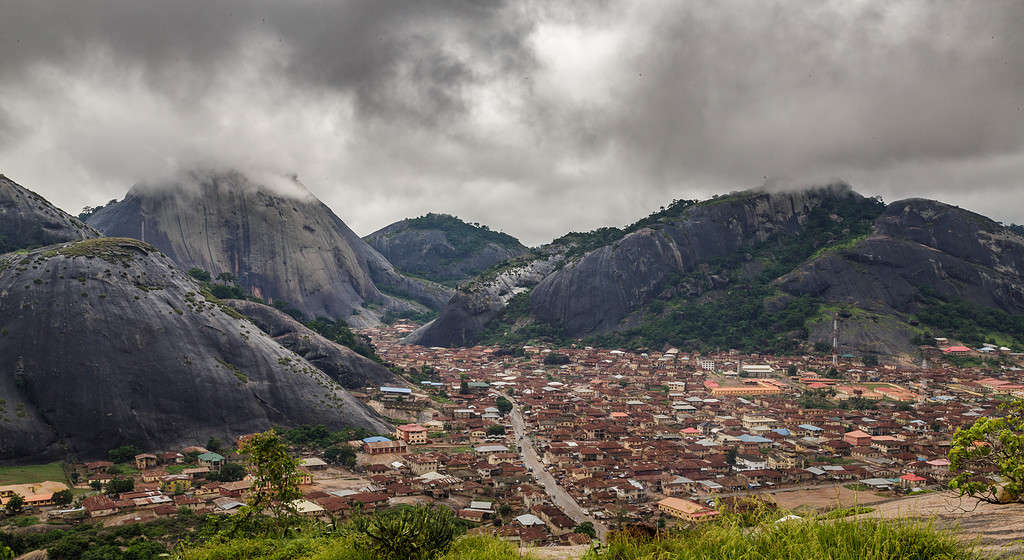
Idanre Hills in modern-day Nigeria.
©Fela Sanu/iStock via Getty Images
The Aro Confederacy was a powerful economic and cultural center for the region in and around modern-day Nigeria. The Aro people of the region were extremely talented traders and connected many neighboring communities through their travels and work. They united their networks together in the Aro Confederacy which was able to control the area as a regional power through its extensive network of religious, economic, and diplomatic Aro agents.
The center of the Aro Confederacy was the Long Juju Oracle. The oracle acted as the spiritual, judicial, and political source of power for the nation. The Aro Confederacy was defeated and subsequently conquered by the British in 1902.
#27: Fadhli Sultanate (1500’s–1888)
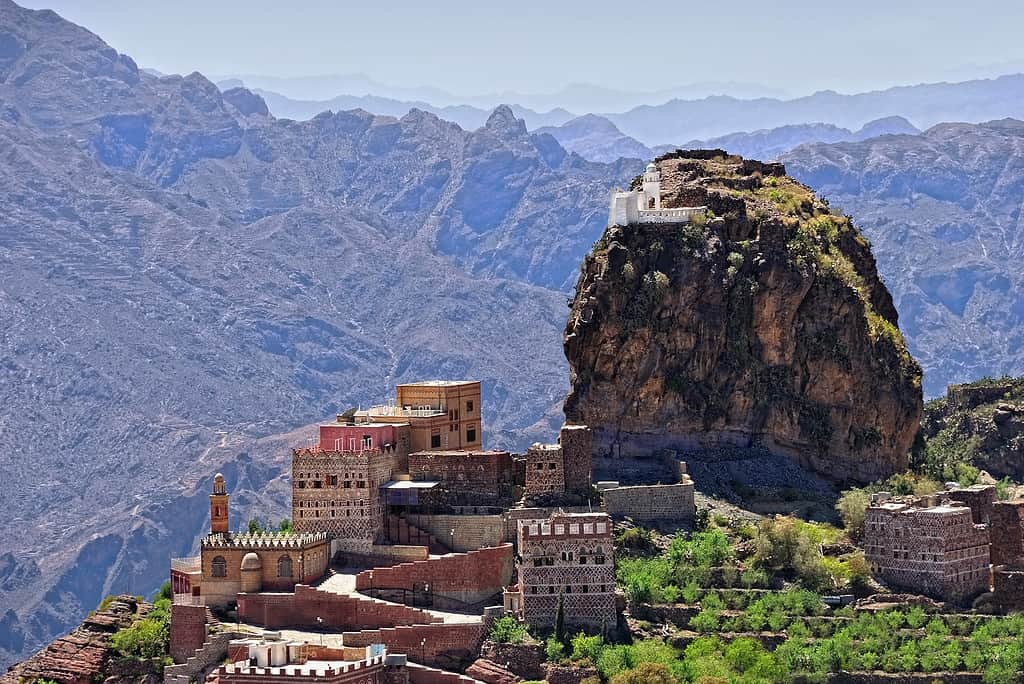
Eastern Haraz, Al-Hutaib in modern-day Yemen.
©znm/iStock via Getty Images
The Fadhli Sultanate was a powerful Arab nation on the tip of the Arabian Peninsula in modern-day Yemen. British explorers described the Fadhli Sultanate as “one of the most powerful and warlike tribes” in the area.
The Fadhli Sultanate became a protectorate of Great Britain in 1888, effectively ending its independence. It finally ceased to exist in 1967 when the sultan was deposed. It then became a part of the People’s Republic of South Yemen.
#28: Sultanate of Tuggurt (1414–1871)
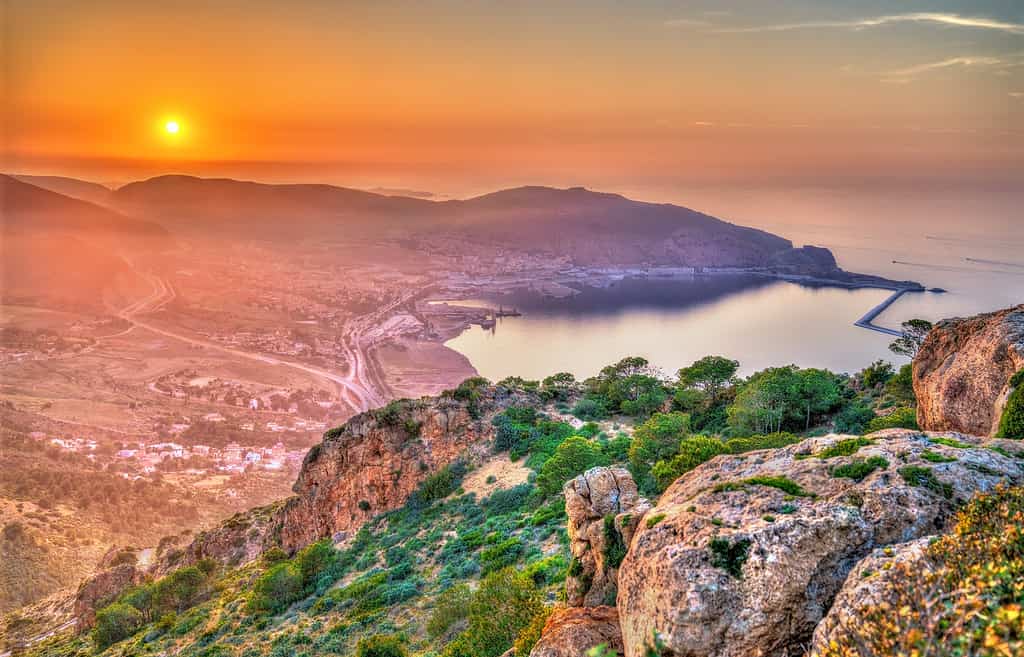
Sunset over the Mediterranean Sea in Oran, modern-day Algeria.
©Leonid Andronov/iStock via Getty Images
Tuggurt covered a large part of modern-day Algeria. Tuggurt fought for independence against local powers that included the Hafsid Dynasty and Algiers. They would rise in rebellion a few times, refusing to pay tribute to the local power, before being subjugated again.
After the French attempted to abolish the Sultanate in 1854, the people of Tuggurt rebelled once again in 1871 when the nation was finally destroyed forever.
#29: Kingdom of Dahomey (1600s–1904)
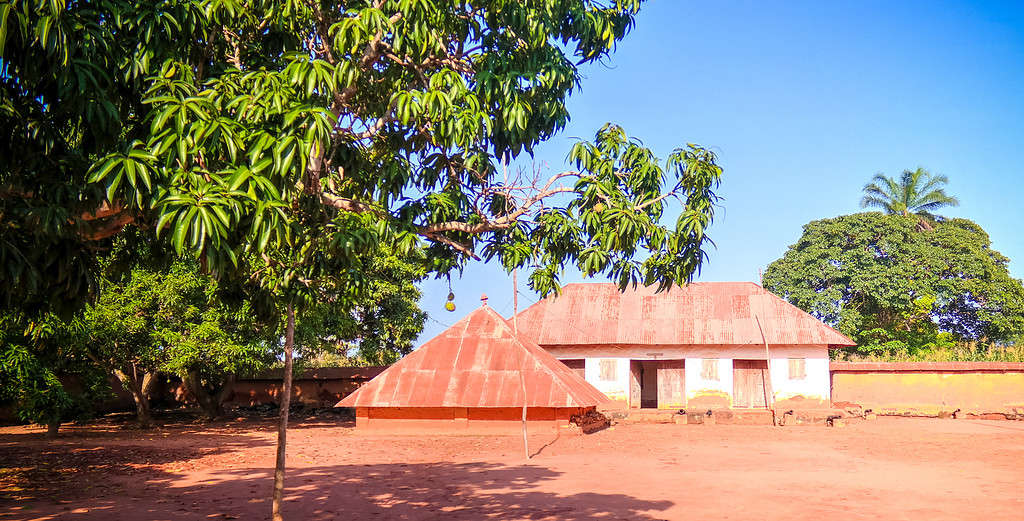
View to Royal Palaces of Abomey in modern-day Benin. These buildings housed the royal family of Dahomey.
©HomoCosmicos/iStock via Getty Images
Dahomey was located within modern-day Benin. It was a powerful trading nation at the time and became one of the most well-known African nations in the world. Dahomey was extremely militaristic, with much of its trade power coming from the seizure of goods and slaves during wartime.
Military conflicts with Britain and France would weaken the kingdom until it was finally conquered by France and became a French colony in 1904.
#30: Kingdom of Imerina (1540–1897)

Rova of Antananarivo, the royal complex and historic royal residence in Antananarivo, Madagascar.
©Artush/iStock via Getty Images
Imerina conquered most of what is modern-day Madagascar. It was the only major sovereign nation on the island until the French conquest in the 1800s. The same family ruled Imerina from its founding until its end in 1897.
France invaded the Kingdom of Imerina twice, eventually conquering the nation and making it a French colony.
#31: Bornu Empire (1380–1893)
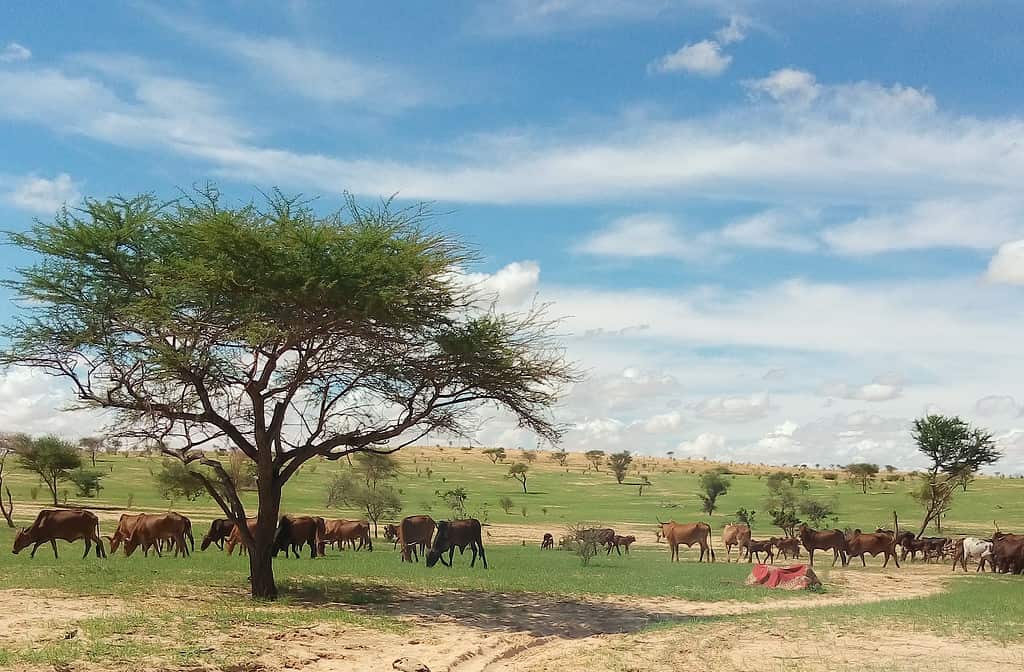
Cows in the village of Dourwanga in the northeast of Niger.
©Boukar Mahamane/iStock via Getty Images
The Bornu Empire formed from the downfall of the powerful medieval Kanem-Bornu Empire. It was a large nation in what is now Nigeria, Chad, Niger, and Cameroon. Bornu existed during a time of intense military conflict which had torn its predecessor apart and continued to plague the new Bornu Empire.
Wars with neighboring nations led to the defeat and dissolution of Bornu in 1893. Modern-day descendants of the rulers of Bornu were allowed to form a traditional state within Nigeria in the 1900s.
Summary of 31 Countries That No Longer Exist in 2023
| Country | Years in Existence | |
|---|---|---|
| 1 | Holy Roman Empire | 843–1806 |
| 2 | Prussia | 1525–1871 |
| 3 | Kingdom of Naples | 1282–1816 |
| 4 | Republic of Cospaia | 1440–1826 |
| 5 | Papal States | 752–1870 |
| 6 | Hamburg | 1189–1871 |
| 7 | Wallachia | 1330–1859 |
| 8 | Kingdom of Imereti | 1260–1810 |
| 9 | Kingdom of Galicia | 410–1833 |
| 10 | Iroquois Confederacy | 1450–1867 |
| 11 | Cherokee Nation | 1794–1907 |
| 12 | Hawaiian Kingdom | 1795–1898 (disputed) |
| 13 | Ottoman Empire | 1281–1923 |
| 14 | Kazakh Khanate | 1465–1848 |
| 15 | Mughal Empire | 1526–1857 |
| 16 | Kingdom of Mewar | 734–1818 |
| 17 | Kingdom of Mysore | 1399–1948 |
| 18 | Jaintia Kingdom | 500–1835 |
| 19 | Garhwal Kingdom | 823–1949 |
| 20 | Champa Kingdom | 192–1832 |
| 21 | Sultanate of Sulu | 1405–1915 |
| 22 | Ryukyu Kingdom | 1429–1879 |
| 23 | Joseon | 1392–1897 |
| 24 | Tokugawa Shogunate | 1603–1868 |
| 25 | Kingdom of Kongo | 1390–1914 |
| 26 | Aro Confederacy | 1690-1902 |
| 27 | Fadhli Sultanate | 1500s-1888 |
| 28 | Sultanate of Tuggurt | 1414-1871 |
| 29 | Kingdom of Dahomey | 1600’s-1904 |
| 30 | Kingdom of Imerina | 1540–1897 |
| 31 | Bornu Empire | 1380–1893 |
Thank you for reading! Have some feedback for us? Contact the AZ Animals editorial team.

